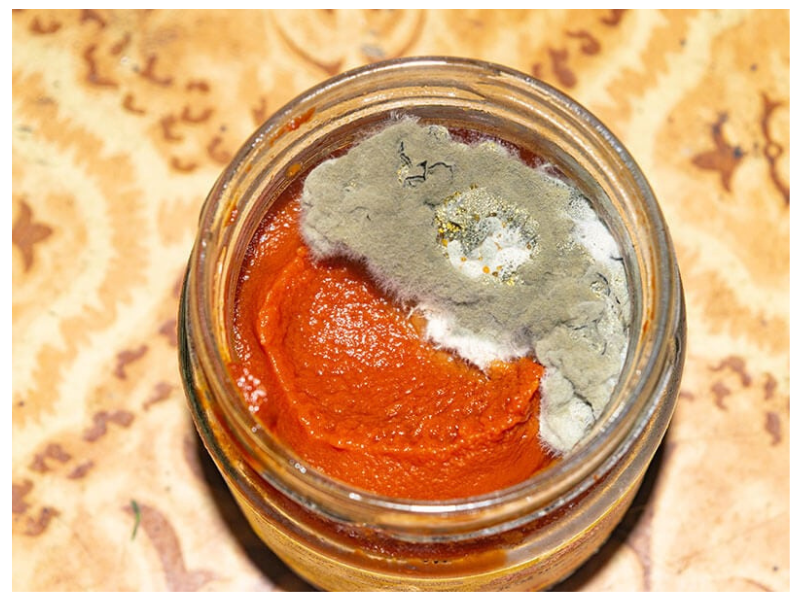2025.12.09
History of tomato paste
Tomato paste is an essential product used worldwide. More than 80% of tomatoes are processed into products such as tomato juice, paste, puree, and ketchup. Tomato paste has a significant history both in Iran and globally, dating back centuries. In the 17th and 18th centuries, with the widespread cultivation of tomatoes in Europe and the increasing popularity of the fruit, the production of various sauces and processed products, including tomato paste, began. The production of tomato paste as a method to preserve tomatoes throughout the year became particularly popular in Italy and other Mediterranean countries. In this process, tomatoes are cooked and concentrated to create a canned and durable product. In the 19th century, with the advancement of canning technology and food preservation methods, tomato paste became more widely used across the globe and turned into a staple in cooking. Over time, it gained a special place in Iranian cuisine and gradually became one of the main ingredients in the preparation of many Iranian dishes. The production of tomato paste in Iran developed in the early 20th century, and due to the variety of tomato products in the country and the need to preserve them throughout the year, the production of tomato paste shifted from homemade to industrial. Today, tomato paste is one of the main ingredients in Iranian cooking and is used in preparing many dishes.
Importance of proper storage of tomato paste
Proper storage of tomato paste is crucial for maintaining its quality, including taste, aroma, color, texture, and nutritional content. It helps prevent spoilage, mold growth, and the proliferation of fungi.
Mold in tomato paste
The formation of mold in tomato paste refers to the process of fungal growth under improper storage conditions, often appearing as green, white, gray, or black spots on the surface of the paste. This occurs due to high moisture, improper temperature, or the use of unhygienic containers. In these conditions, fungal hyphae (thin, long fungal threads that absorb nutrients from the surrounding environment and aid in the growth and proliferation of fungi) rapidly grow within the tomato paste and can penetrate deep into the product. Molds easily spread throughout the paste, and in many cases, they are not visible to the naked eye. Common mold-causing fungi in tomato paste include Aspergillus and Penicillium. These fungi not only alter the taste and aroma of tomato paste but also reduce its nutritional value and safety. They can produce harmful and toxic compounds called aflatoxins, which are carcinogenic and toxic and can seriously threaten human health, causing severe issues in various bodily systems.

Causes of mold growth in tomato paste
Unopened cans of tomato paste are typically stored at room temperature without the need for refrigeration due to the proper canning and packaging process. However, once the can is opened, the protective environment within the packaging is lost, and the quality and stability of the product are affected by the external environment. Exposure to moisture and air can create a suitable environment for the growth of microorganisms, including molds. Additionally, using wet or dirty spoons to scoop out the paste can introduce contamination and moisture. The use of unhygienic containers or containers that do not seal properly can allow air and contamination to enter the paste, encouraging mold growth.
Practical solutions to increase shelf life and prevent mold growth in tomato paste
1- The best place to store tomato paste after opening the packaging is the refrigerator (set the refrigerator temperature to 4°C).
2- Store the paste in clean, airtight glass containers. These containers help prevent the entry of air and moisture, preserving the quality of the paste.
3- It is recommended to cover the surface of the paste with a layer of olive oil to prevent air exposure. For 250 grams of tomato paste, you can use about 1 to 1.5 tablespoons of olive oil.
4- Use a clean and dry spoon to scoop out the tomato paste.
5- If you have prepared a large quantity of homemade paste and want to store it for a long period, it is better to heat it until the water content evaporates, making the paste thick. This ensures that the paste is prepared without excess moisture, as the presence of water can cause it to freeze in the freezer and may damage the texture. Then, place the paste in small zip-lock plastic bags in portions suitable for each use and store them in the freezer. The shelf life of tomato paste in the freezer is about 4 to 5 months.
6- If you notice any changes in color, smell, or mold in the paste, it is advisable to discard the entire contents of the container.


